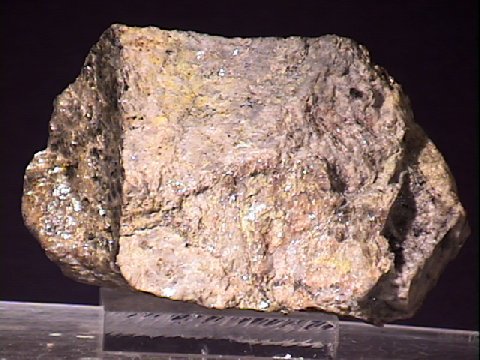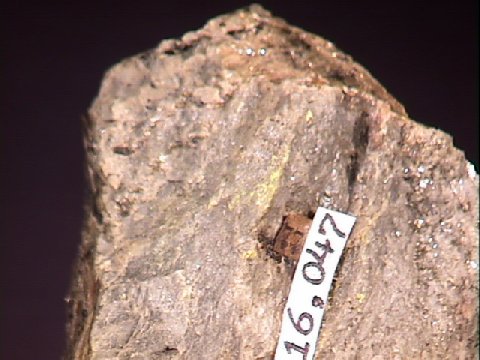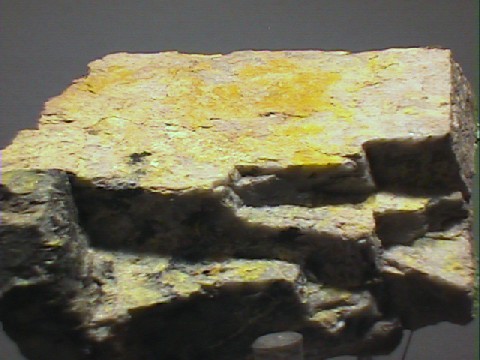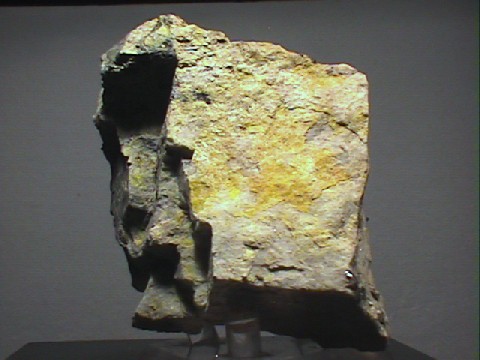 THE
MINERAL PHOSPHURANYLITE
THE
MINERAL PHOSPHURANYLITE
- Chemistry: Ca(UO2)3(PO4)2(OH)2 - 6H2O , Hydrated Calcium Uranyl Phosphate Hydroxide.
- Class: Phosphates
- Uses: As a very minor ore of uranium and as mineral specimens.
Specimens
Phosphuranylite is one of many yellow, encrusting, non-fluorescent uranium bearing minerals and is unfortunately difficult to distinguish from the others. It has been found as an actual replacement for wood along with other uranium minerals. The uranium requires a reducing environment in order to precipitate out of solution and rotting, buried wood provides such an environment. Other occurrences of phosphuranylite are the result of alteration of primary uranium minerals such as uraninite, a uranium oxide. Often some black uraninite is left as an interior core surrounded by phosphuranylite and the fluorescent autunite. Remember this is a radioactive mineral and as such should be kept separated from other minerals that might be damaged by the radioactivity and of course human exposure should be limited!
PHYSICAL CHARACTERISTICS:
- Color is deep golden to straw yellow.
- Luster is vitreous.
- Transparency crystals are generally translucent.
- Crystal System is orthorhombic; 2/m 2/m 2/m.
- Crystal Habits include tiny platy crystals, crusts and fossil wood replacement masses.
- Cleavage is perfect in one direction (basal).
- Fracture is earthy
- Hardness is 2.5
- Specific Gravity is approximately 4.1 (well above average for translucent minerals)
- Streak is yellow.
- Other Characteristics:Radioactive and non-fluorescent.
- Associated Minerals include torbernite, autunite, uraninite and other uranium bearing minerals.
- Notable Occurrences include the Flat Rock Pegmatite and Buchanan Pegmatite, Spruce Pine, Mitchell County, North Carolina and the Jack Daniels No. 1 Mine, Coconino County, Arizona and the Ruggles Mine of Grafton and the Palermo Mine, North Groton, New Hampshire, USA; Spain; Republic of Congo; Bavaria, Germany; Margnac, Haute-Vienne, France and Rio Grande de Norte, Brazil.
- Best Field Indicators are crystal habit, non-fluorescence, associations, radioactivity and color.






